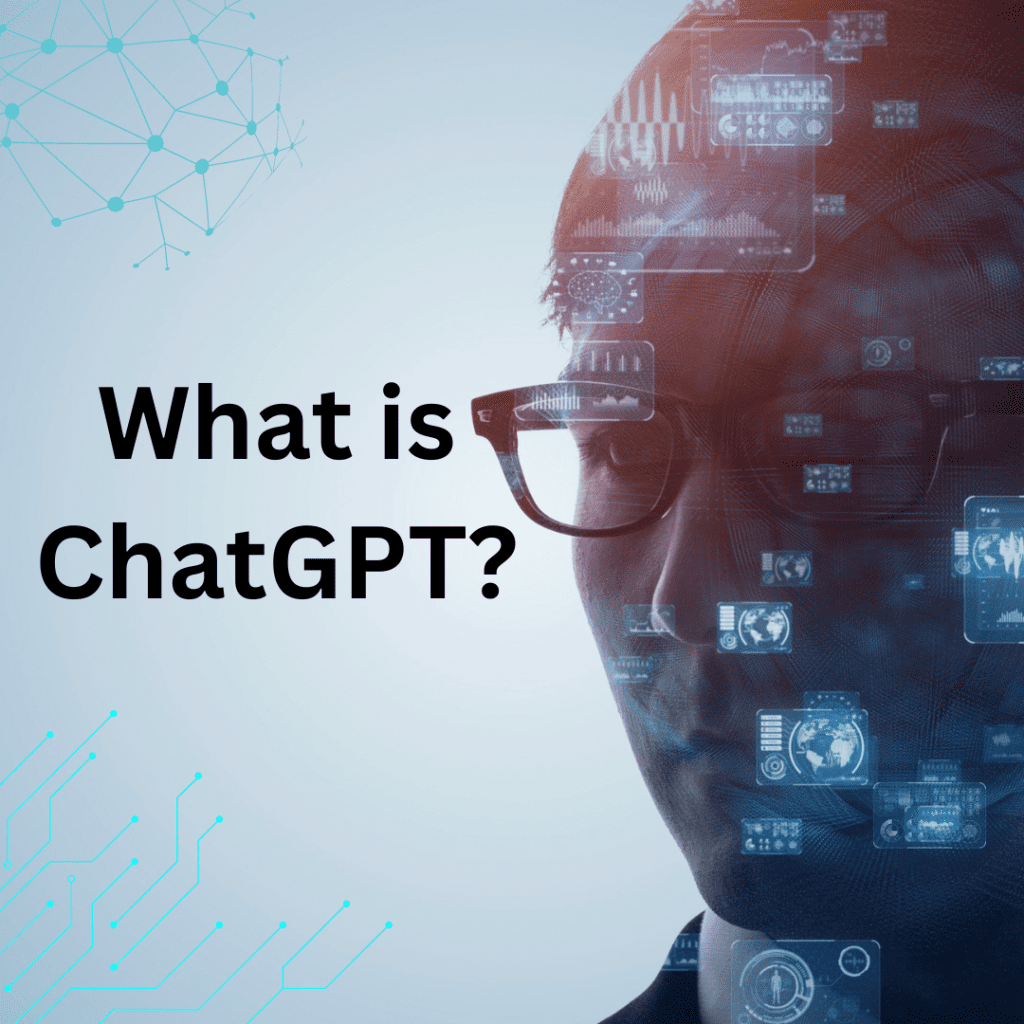
ChatGPT is one of the most popular large language models developed by OpenAI. This AI-powered chatbot has been trained on a massive amount of data, enabling it to understand natural language and carry out conversations with humans.
The development of ChatGPT has been a major achievement in the field of artificial intelligence. It is an example of the power of deep learning and natural language processing (NLP) techniques. This chatbot has been designed to simulate human conversation, and its development has been a complex and challenging process.
The foundation of ChatGPT is based on the transformer architecture, a neural network architecture that is well-suited for NLP tasks. The transformer architecture was first introduced by Vaswani et al. in 2017, and it has since become one of the most widely used neural network architectures in NLP applications.
What is ChatGPT?
ChatGPT is an advanced AI language model developed by OpenAI, designed to understand and generate human-like text based on the input it receives. Built on the GPT-4 architecture, it excels in various natural language processing tasks, such as answering questions, engaging in conversations, and providing detailed explanations on a wide range of topics. ChatGPT is trained on diverse internet text, enabling it to generate contextually relevant and coherent responses.
The model leverages deep learning techniques to analyze and predict language patterns, offering users a versatile tool for both casual interactions and professional applications. It can assist with writing, brainstorming ideas, providing educational support, and more. While ChatGPT aims to provide accurate and helpful responses, it’s important to verify critical information from reliable sources, as it may not always reflect the most current or complete data.
The transformer architecture is designed to handle sequences of inputs, such as sentences, and it is capable of capturing long-term dependencies in these sequences. This is achieved through the use of attention mechanisms, which allow the model to focus on specific parts of the input sequence at each step of the computation.
The development of ChatGPT involved training the model on a massive corpus of text data, including books, articles, and websites. The training data was carefully curated and preprocessed to ensure that the model learned to understand natural language and generate responses that are coherent and relevant.
The training process for ChatGPT was carried out on powerful GPU clusters, which allowed for faster processing of the massive amounts of data involved. The training process took several weeks to complete, and the resulting model is capable of generating high-quality responses to a wide range of inputs.
One of the key challenges in the development of ChatGPT was ensuring that the model was not biased or discriminatory in its responses. To address this challenge, the training data was carefully curated to ensure that it represented a diverse range of perspectives and experiences. Additionally, the model was fine-tuned on specific tasks, such as customer service or personal conversation, to ensure that it was capable of generating appropriate responses in different contexts.
The development of ChatGPT has opened up new possibilities for conversational AI. This chatbot can be used in a variety of applications, such as customer service, personal assistants, and even educational tools. Its ability to understand natural language and generate relevant responses makes it a valuable tool for improving communication and engagement with users.
In conclusion, the development of ChatGPT has been a significant achievement in the field of artificial intelligence. Its ability to understand natural language and generate coherent responses has opened up new possibilities for conversational AI. As NLP techniques continue to advance, we can expect to see even more powerful and sophisticated chatbots in the future.

